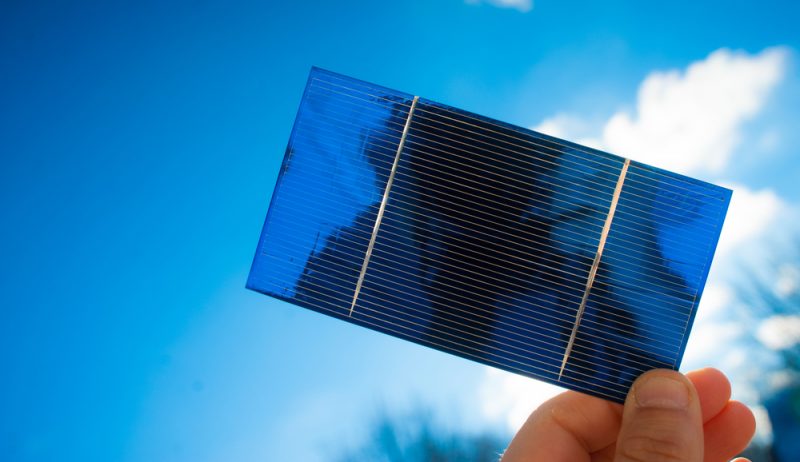US, Swiss scientists create record-breaking efficient solar cells

A collaborative project that included U.S. and Swiss scientists led to the creation of tandem solar cells with record efficiencies for converting sunlight into electricity of nearly 36 percent.
Researchers at the U.S. Department of Energy’s National Renewable Energy Laboratory (NREL), the Swiss Center for Electronics and Microtechnology (CSEM) and the École Polytechnique Fédérale de Lausanne (EPFL) worked on the project.
They found that a tandem cell that stacked a layer of gallium arsenide (GaAs) developed by NREL atop a film of crystalline silicon developed by CSEM had the highest efficiency for a dual-junction cell. The dual-junction cell had an efficiency of 32.8 percent.
A version using a gallium indium phosphide (GaInP) top cell achieved an efficiency of 32.5 percent. For triple-junction, a GaInP/GaAs tandem cell stacked on a silicon bottom cell reached an efficiency of 35.9 percent, which two percent lower the overall triple-junction record.
Single-junction silicon solar cells with efficiencies between 17 and 24 percent currently dominate the market. The greatest barrier to the adoption of dual- and triple-junction cells is their cost.
“This achievement is significant because it shows, for the first time, that silicon-based tandem cells can provide efficiencies competing with more expensive multijunction cells consisting entirely of III-V materials,” NREL scientist Adele Tamboli said. “It opens the door to develop entirely new multijunction solar cell materials and architectures.”
